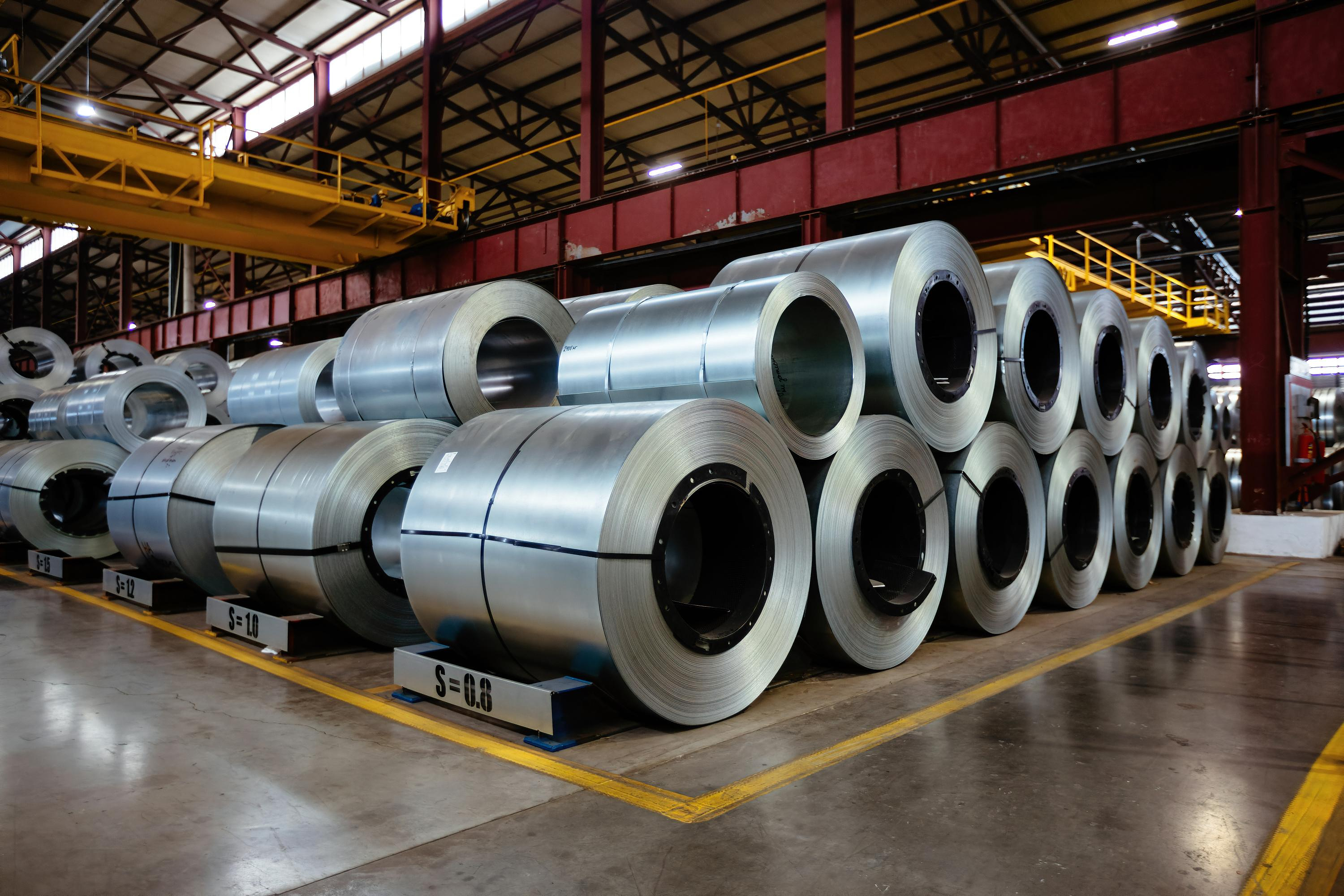Winter is getting expensive: If you want to save on heating costs, you should take action now. For example, by insulating your older house better in some places. Unfortunately, craftsmen for house insulation are currently hard to come by. But can't homeowners do it themselves?
The answer is: in principle yes, but with restrictions. In order for the insulation to have the greatest possible effect, it is important to pack the entire building envelope.
“This means all the surrounding areas of a building that separate the building from the outside air or from unheated rooms. Usually the roof or the top floor ceiling, the outer walls and the basement ceiling,” lists Hans-Joachim Riechers from the Association for Insulation Systems, Plaster and Mortar. "Only when all these surfaces are insulated does the heat stay in the house."
Dedicated do-it-yourselfers can do some of this themselves, but not the insulation of the facade, says Michael Pannhausen, trainer at the DIY Academy in Cologne. "But building laypeople can certainly dare to insulate the top floor ceiling, the roof or even the basement ceiling."
How to go about it Even the DIY project will not work without professional advice from an energy consultant or experienced craftsman. "The insulation work itself is not difficult, but the planning and preparation as well as the selection of the right materials are tough," says Holger Schmidt from the Bauherren-Schutzbund in Berlin.
Together with the specialist, house owners should first record the current insulation status of the house. Is it still completely uninsulated or does it already have an older insulation layer? This also has an impact on the possible savings effect. The first centimeters of insulation bring the most.
Hans-Joachim Riechers cites the example of the insulation of a facade: "Anyone who refurbishes an uninsulated old building wall with a ten centimeter thick insulation layer reduces the heat transfer (U-value) of the wall by more than 85 percent."
However, if the wall is already insulated with a ten centimeter thick layer, further insulation to 20 centimeters only reduces the U-value by a further six percent. "So it's not the case that doubling the insulation thickness doubles the insulating effect," says Riechers.
However, one should not insulate too thin either – that can mean saving in the wrong place. According to Riechers, a reasonable average size for standard insulating materials and wall structures is between 14 and 20 centimeters thick.
Even if you don't dare to tackle the largest area of the building, the facade, the insulation of the basement ceiling and top floor ceiling or the roof is also useful. This is also an option if facade insulation is already in place.
Here again, an expert can help to keep an eye on the building physics, because these change with every measure. “Pure activism is not helpful. This can be at the expense of efficiency or even cause serious problems,” says Holger Schmidt.
For example, the insulation of the roof changes the dew point or the ventilation of the construction. This increases the risk of water collecting in it, which can lead to moisture damage or mold.
Great care is therefore called for when insulating the roof, it must be seamless. In addition, in many cases a so-called vapor barrier or barrier is important, which prevents moisture from penetrating from the outside. "To do this, the roof truss above the rafters is completely covered with foil," explains DIY trainer Michael Pannhausen.
Choosing the right film is crucial: There are products that do not let any air through at all - the vapor barriers. Films that allow moisture to escape on one side are used as vapor barriers.
"Which one is suitable in each individual case depends on the structural conditions of the building," says Pannhausen. This is where individual advice makes sense.
If the foil has been laid carefully, the rafter fields must be completely filled with insulating material. These can be mineral materials such as glass or mineral wool or synthetic materials such as styrofoam and rigid foam. Natural materials such as wood fiber, hemp, cellulose or flax are also suitable.
"Not every insulating material is ideal for every purpose," says Holger Schmidt. It always depends on what the environment looks like. If it is a place that is often exposed to moisture, you have to choose insulation that can withstand it. Products that cannot absorb moisture or transport it away in small cavities are to be preferred here.
A simpler project than insulating the roof is insulating the top floor. "Do-it-yourselfers like to do this work because it's pretty easy to do thanks to special insulation systems," says DIY trainer Michael Pannhausen. The insulating elements are simply placed on the ceiling and glued like pieces of a puzzle.
There are similar systems for insulating the basement ceiling. Here the insulation panels are attached below the ceiling. They can be glued, dowelled or fastened with a rail system, says Frank Hettler from the information program Zukunft Altbau of the Baden-Württemberg Ministry of the Environment.
If there are open heating pipes on the basement ceiling, you should pack them up - and much thicker than the pipe diameter. That also saves energy.
"Everything on shares" is the daily stock exchange shot from the WELT business editorial team. Every morning from 7 a.m. with the financial journalists from WELT. For stock market experts and beginners. Subscribe to the podcast on Spotify, Apple Podcast, Amazon Music and Deezer. Or directly via RSS feed.

 Knife attack in Australia: who are the two French heroes congratulated by Macron?
Knife attack in Australia: who are the two French heroes congratulated by Macron? Faced with an anxious Chinese student, Olaf Scholz assures that not everyone smokes cannabis in Germany
Faced with an anxious Chinese student, Olaf Scholz assures that not everyone smokes cannabis in Germany In the Solomon Islands, legislative elections crucial for security in the Pacific
In the Solomon Islands, legislative elections crucial for security in the Pacific Sudan ravaged by a year of war
Sudan ravaged by a year of war Covid-19: everything you need to know about the new vaccination campaign which is starting
Covid-19: everything you need to know about the new vaccination campaign which is starting The best laptops of the moment boast artificial intelligence
The best laptops of the moment boast artificial intelligence Amazon invests 700 million in robotizing its warehouses in Europe
Amazon invests 700 million in robotizing its warehouses in Europe Inflation rises to 3.2% in March due to gasoline and electricity bills
Inflation rises to 3.2% in March due to gasoline and electricity bills Olympic Games-2024: which professions are likely to strike during the competition?
Olympic Games-2024: which professions are likely to strike during the competition? Pizzas sold throughout France recalled for “possible presence” of glass debris
Pizzas sold throughout France recalled for “possible presence” of glass debris “As for a football player, there is a contract”: Carlos Tavares defends his remuneration of 36.5 million euros
“As for a football player, there is a contract”: Carlos Tavares defends his remuneration of 36.5 million euros Stellantis: shareholders validate the controversial remuneration of Carlos Tavares
Stellantis: shareholders validate the controversial remuneration of Carlos Tavares Dune 3 will be the last film of Denis Villeneuve's adaptation
Dune 3 will be the last film of Denis Villeneuve's adaptation Shane Atkinson, humble disciple of the Coen brothers
Shane Atkinson, humble disciple of the Coen brothers Outcry from publishers against the authorization of advertising for books on television
Outcry from publishers against the authorization of advertising for books on television Eddy de Pretto celebrates his “last party too many” at the Olympia
Eddy de Pretto celebrates his “last party too many” at the Olympia Skoda Kodiaq 2024: a 'beast' plug-in hybrid SUV
Skoda Kodiaq 2024: a 'beast' plug-in hybrid SUV Tesla launches a new Model Y with 600 km of autonomy at a "more accessible price"
Tesla launches a new Model Y with 600 km of autonomy at a "more accessible price" The 10 best-selling cars in March 2024 in Spain: sales fall due to Easter
The 10 best-selling cars in March 2024 in Spain: sales fall due to Easter A private jet company buys more than 100 flying cars
A private jet company buys more than 100 flying cars This is how housing prices have changed in Spain in the last decade
This is how housing prices have changed in Spain in the last decade The home mortgage firm drops 10% in January and interest soars to 3.46%
The home mortgage firm drops 10% in January and interest soars to 3.46% The jewel of the Rocío de Nagüeles urbanization: a dream villa in Marbella
The jewel of the Rocío de Nagüeles urbanization: a dream villa in Marbella Rental prices grow by 7.3% in February: where does it go up and where does it go down?
Rental prices grow by 7.3% in February: where does it go up and where does it go down? Europeans: the schedule of debates to follow between now and June 9
Europeans: the schedule of debates to follow between now and June 9 Europeans: “In France, there is a left and there is a right,” assures Bellamy
Europeans: “In France, there is a left and there is a right,” assures Bellamy During the night of the economy, the right points out the budgetary flaws of the macronie
During the night of the economy, the right points out the budgetary flaws of the macronie Europeans: Glucksmann denounces “Emmanuel Macron’s failure” in the face of Bardella’s success
Europeans: Glucksmann denounces “Emmanuel Macron’s failure” in the face of Bardella’s success These French cities that will boycott the World Cup in Qatar
These French cities that will boycott the World Cup in Qatar Dortmund-Atlético: two months before the Euro, Griezmann warms up the engine
Dortmund-Atlético: two months before the Euro, Griezmann warms up the engine Football: Bernd Hölzenbein, 1974 world champion, died at 78
Football: Bernd Hölzenbein, 1974 world champion, died at 78 'Everything comes to an end': Surfing legend Kelly Slater moves closer to retirement
'Everything comes to an end': Surfing legend Kelly Slater moves closer to retirement Athletics: the victory of a transgender athlete causes controversy in the United States
Athletics: the victory of a transgender athlete causes controversy in the United States


















